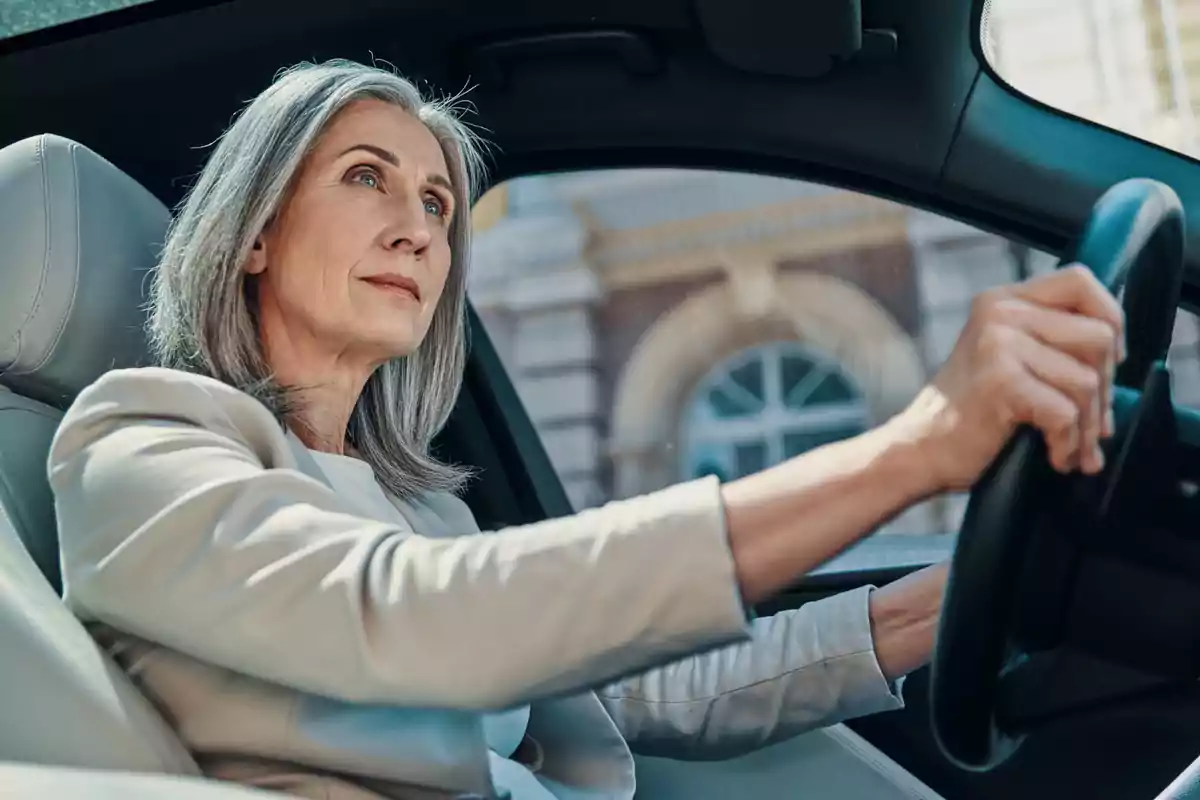Starting in August 2025, a new federal law will change the rules for older drivers in the United States. This regulation aims to protect road safety without sacrificing the independence of those who are already 70 years old or older. Here I explain the essentials you need to know.
Aging and driving: a real challenge
The United States has an increasingly aging population. Today, nearly 50 million people over 65 years old have a driver's license, and this number will keep growing in the coming years. For many older people, driving is key to keeping active, attending to their responsibilities, and not losing contact with their loved ones.
However, aging also brings natural changes: vision can weaken, reflexes become slower, and some cognitive functions can be affected. That's why authorities recognize that it's not enough to set an age limit; it's necessary to evaluate each driver fairly and personally.

New rules: what changes and how it works
The main new feature is that license renewal for older drivers won't depend only on age. The law introduces a tiered system that takes into account both age and each person's medical condition.
Although this law is federal, each state will be able to adapt the details according to its local reality. For example, some states will offer medical evaluations via telemedicine or longer periods to meet the requirements.
Another important measure is that family members, doctors, or any citizen will be able to report drivers who seem unsafe. The Department of Motor Vehicles (DMV) can then request medical evaluations or driving tests to prevent accidents.
How to prepare for the new law
If you're 70 years old or older, or you know someone in this situation, it's best to start preparing now. Some practical tips are:
- Have regular vision and hearing checkups.
- Participate in safe driving courses for older adults.
- Consult your doctor about the effects of medications on driving.
- Take preventive assessments of driving skills.
These steps can help avoid problems when renewing your license and, above all, help you drive with greater safety and confidence.

Alternatives and restricted licenses: balanced solutions
It's not always necessary to stop driving completely. The law allows for licenses with restrictions for those who have certain limitations. For example, it may be allowed to drive only during the day, within an area near home, or avoiding highways.
This way, the driver and the public are protected without sacrificing the mobility of older people.
If driving is no longer safe, there are options to stay active and connected, such as:
- Rideshare services (Uber, Lyft).
- Community transportation programs for older adults.
- Use of public transportation with special discounts.
- Networks of volunteers who help with transportation.
The key is to choose the best option to keep independence and quality of life.

